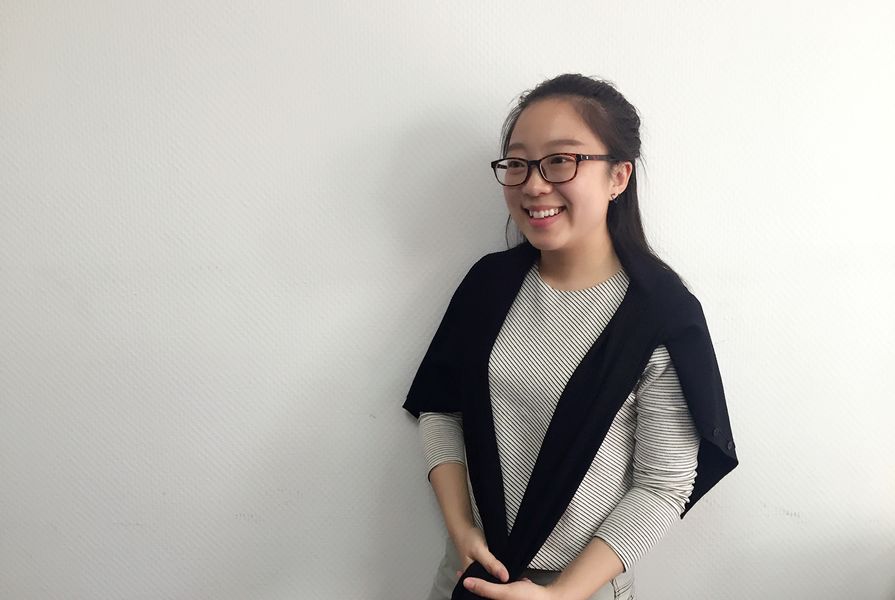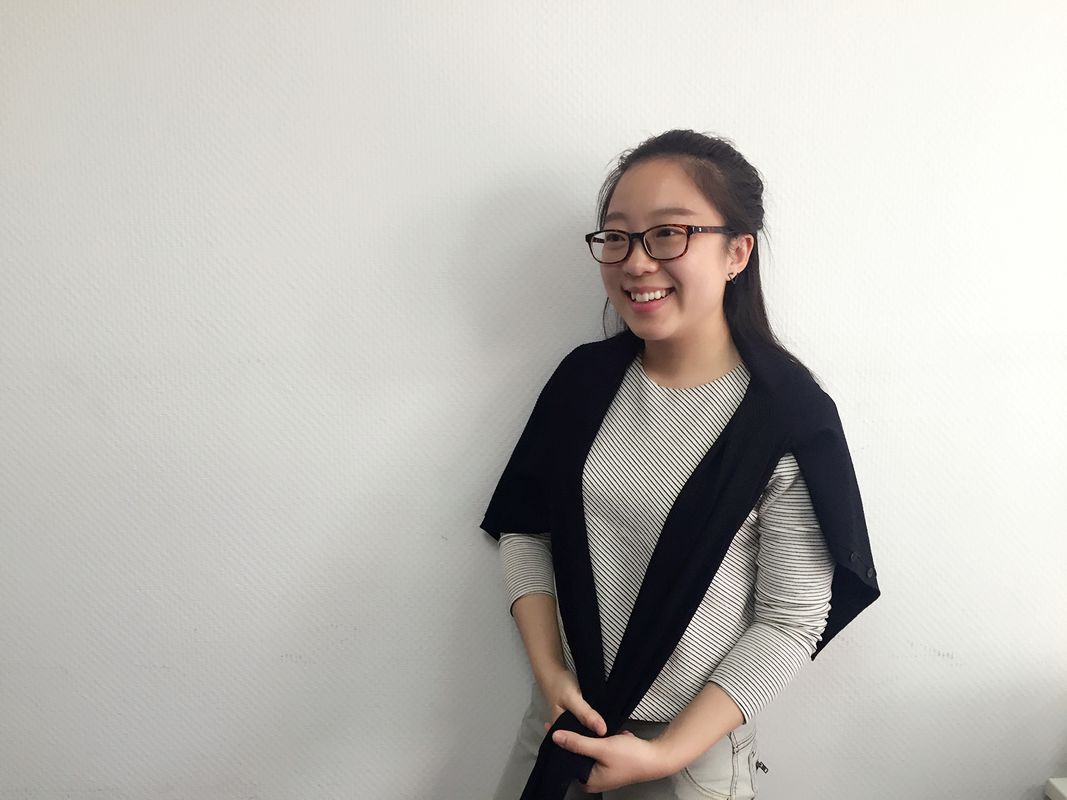Landscape Architecture Frontiers Image:
courtesy of Landscape Architecture Frontiers

Published: Beijing, China
Founded: 2013
Editor: Kongjian Yu, chief editor Tina Tian, executive editor
Landscape Architecture Australia: How long has your journal been published, and how does its future look?
Tina Tian: Landscape Architecture Frontiers (LA Frontiers) was first published in 2013. The journal is published bimonthly in both English and Chinese by the Graduate School of Landscape Architecture at Peking University and Higher Education Press, with Professor Kongjian Yu as the chief editor. The audience includes professional landscape architects, planners, governors and students majoring in landscape architecture, urban design, planning and the arts.
LA Frontiers received an honour award in the communications category of the 2015 ASLA Professional Awards, and has been selected as an Emerging Sources Citation Index (ESCI) journal. In the future, LA Frontiers will further act as a bridge connecting research and social needs, science and art, leading the development of the discipline.
LAA: Which edition has been your most successful?
TT: There are two issues that have been particularly successful, the first being “Sponge City” (no. 14, 2015). In 2014 the Chinese Ministry of Housing and Urban-Rural Development published a technical guide to encourage “sponge city” construction methods to be used throughout China. Sponge cities are urban localities with high levels of resiliency in the face of environmental change and potential natural disasters. They have integrated water infrastructure that absorbs, retains and filters stormwater. Through greater construction of sponge cities, the risk of urban flooding can be reduced, water pollutants can be lessened and urban biodiversity increased and protected. In our “Sponge City” issue we focused on internationally leading theories and pioneering practice, exploring models and strategies for building better sponge cities in China.
The other particularly successful issue is “Novel Ecosystems” (no. 19, 2016). The twenty-first century is already known for unprecedented and fundamental changes and new trajectories – think climate change, global economics, migration and population growth. The world is now predominantly urban and will become increasingly so until mid-century, when global population is expected to stabilize at around 70 percent urban. The world has entered a new geological era, the Anthropocene, in which the impacts and artefacts of humans are recognized as a geologic force. In this “century of the city,” cities must be an essential part of the solution for the world to be sustainable and resilient; novel urban ecosystems will play a fundamental role and provide essential ecosystem services to support urban sustainability and resilience.
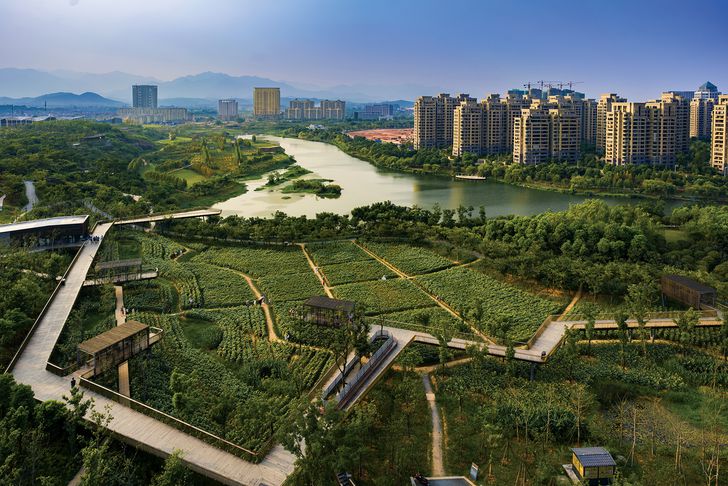
Quzhou Luming Park by Turenscape is located in the heart of the new district of Quzhou, China.
Image: Turenscape
LAA: What are the most controversial projects or articles you have published?
TT: The editorials written by Kongjian Yu, the chief editor of LA Frontiers . In these essays Yu often challenges the existing urban construction and landscape aesthetics in China and proposes ecological solutions for creating resilient, sustainable, attractive urban and rural landscapes and ecosystems. His theories include “big feet aesthetics,” “negative planning approaches” and “designed ecology.”
LAA: Which Asian works or designers do you identify as the most influential in your continent?
TT: The works by Turenscape [founded by the journal’s chief editor] are internationally recognized for their ecological concepts, high-quality design, resilient and sustainable visions and multiple services. The works by Z + T Studio, an emerging landscape design firm, are also impressive. They are characterized by exquisite spatial design with a sense of modernity, dynamic programs and sustainable approaches.
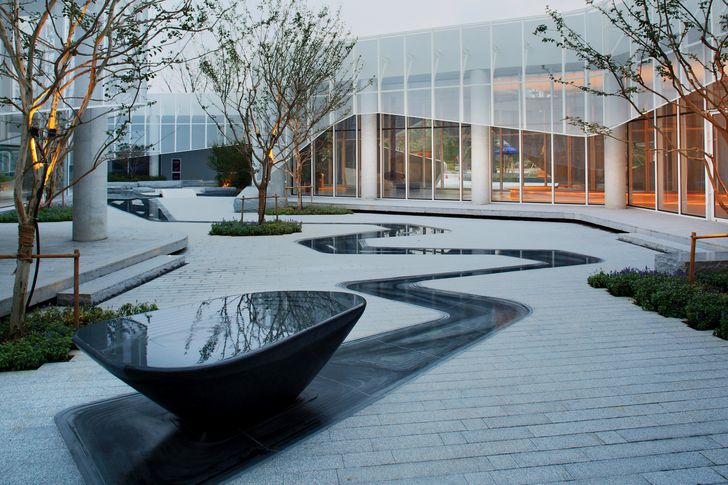
The design of the Yueyuan Courtyard by Z + T Studio seeks to merge contemporary design ideas with an oriental aesthetic sensitivity.
Image: Hai Zhang
LAA: What are the most important landscape issues in your country right now?
TT: At present in China, landscape design is often misunderstood as environmental beautifying and ornamental creation. The public’s awareness of environmental issues still needs to be enhanced, which requires a broad promotion of ecological public education. The construction quality and the techniques employed should also be improved. China has no shortage of good designs but is lacking in good construction.
LAA: What could Australians learn from the profession in your continent? And what would you caution them against?
TT: For issue 5 of LA Frontiers (2013), whose topic is “Foreign Designers Venture into China,” I interviewed many foreign designers, including Australian landscape designer James Brearley, founder of Brearley Architects and Urbanists (BAU). Those interviewees shared a common view that China was an emerging “playground” with so many opportunities for them to utilize their talents and realize their dreams that nowhere else could offer. Four years later, when I reread the interviews, the mixed feelings made me realize that the ambitious trajectory of urban development in China is a history we are not proud of. Asian countries, especially China, have enormous ancient wisdom that still offers the contemporary designers inspiration and reference. However, the rapid urbanization that these countries have undergone in recent years has resulted in lots of speed-up constructions, which has caused resource waste and ecological damage. So if I have something to say to Australian designers, it would be: Please learn from both the ancient Chinese wisdom and our more recent work and experiences.
Source
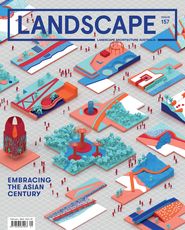
Practice
Published online: 20 Aug 2018
Words:
LandscapeAustralia Editorial Desk
Images:
courtesy of Landscape Architecture Frontiers
Issue
Landscape Architecture Australia, February 2018

